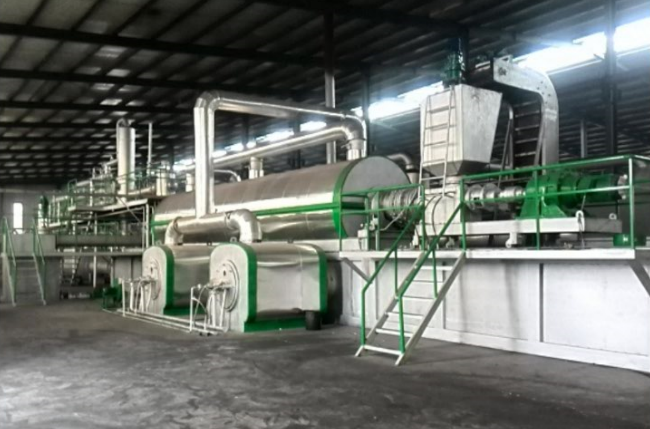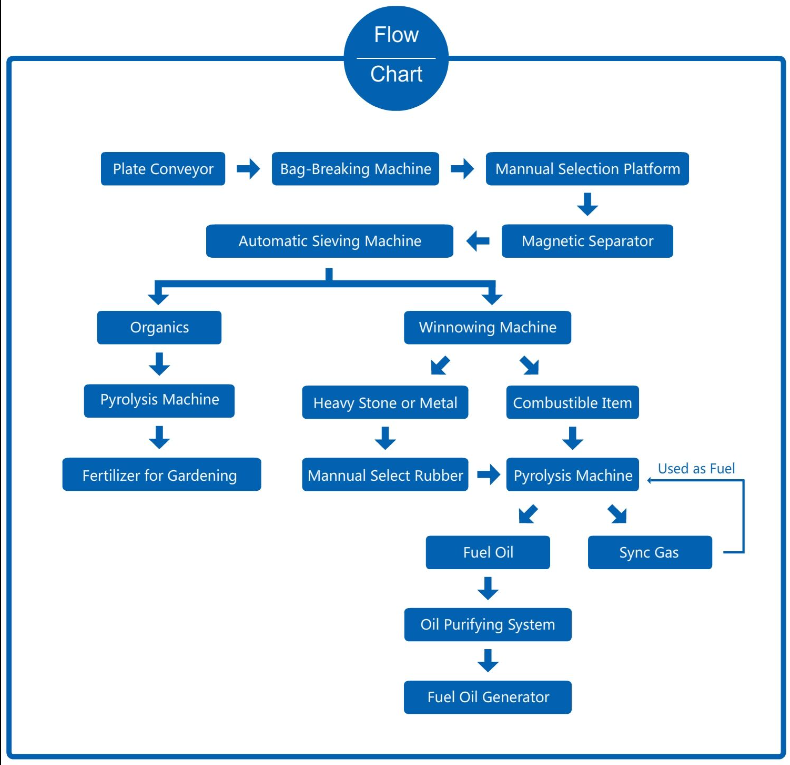Sinter quality index
The requirements for the quality index of sinter include the following: high Fe content, suitable ratio of CaO/SiO2, good reducibility, less harmful impurities, stable composition, high sinter strength, less powder and uniform particle size. In addition, the thermal reduction powder ratio of the sintered ore is lower.
(1) Chemical properties of sintered ore The chemical properties of sintered ore include the following:
1) sinter Grade: iron content means that the level of increase is substantially sinter the iron content of the concentrate requires a blast furnace. When reviewing the sinter grade, the amount of basic oxides contained in the sinter should be considered, as this relates to the amount of flux used in blast furnace smelting. Therefore, in order to facilitate comparison, the content of basic oxides in the sintered ore is often used to calculate the iron content of the sintered ore.
2) Sintered alkalinity: generally expressed as the value of CaO/SiO2 in the sintered ore. This ratio is often determined by the fact that the blast furnace is smelted without or with less flux. According to the nature of the sinter flux, there are flux, self-fluxing and non-self-fluxing (ie ordinary) sinter, which is usually distinguished by the alkalinity of blast furnace slag: where alkalinity is equal to the alkalinity of blast furnace slag Fusible sinter, higher or lower than the alkalinity of blast furnace slag, called flux or non-self-fluxing sinter.
3) The lower the sulphur and other harmful impurities, the better
4) Reducibility: At present, there are many methods for measuring reduction, and there is no uniform standard. The reduction calculations are almost always based on the ratio of the amount of oxygen lost during the reduction to the total oxygen content of the sample before the test. In the production, the degree of reduction is calculated by the method of weight loss in the process of reduction.
The more oxygen lost during the reduction process, the better the reduction of the sinter. Due to the different conditions of the test, the degree of reduction obtained is also different. Therefore, when comparing the degree of reduction of sinter, it can only be carried out under the same conditions. The degree of oxidation can also be used to indicate the reducibility of the sintered ore.
In the production, the reducing property is generally expressed by the FeO content in the sintered ore. It is generally believed that FeO is increased, the number of hardly reduced iron silicate or calcium olivine is increased, the degree of sinter melting is high, and the reducing property is lowered. Obviously, this method of reducing the reduction is flawed. It only estimates the influence of the mineral composition on the reductibility, and ignores the influence of the microstructure of the sintered ore, such as porosity and crystallization, on the reductive property. Therefore, the FeO content cannot accurately represent the reduction property of sinter, but it can be used as a reference index for reducing properties.
Physical properties of sinter ore The indicators used to identify the strength of sinter in China are drum index and screening index. The drum index is divided into two types: the thermal drum index and the cold drum index according to the working state at the time of measurement. The cold drum index commonly used in production and test units is only tested when the sinter is severely pulverized in the blast furnace. The cold drum index is an indicator to measure the resistance of the sinter to abrasion and impact resistance at room temperature.
The drum test is a test to simulate the mechanical damage (strike and friction) of the sinter in the process of transport outside the furnace and in the furnace. The smaller the drum index, the better the strength of the sinter.
The sieving index indicates the content of sinter powder. The smaller the value, the better. At present, most of the sinter plants have not yet evaluated this index. The drop strength of sinter is the strength index indicating the impact resistance of sinter.
For the particle size of the sinter, it is required to evenly and as far as possible to sieve the powder of less than 5 mm. The lower limit of the sinter particle size depends on the improvement of the blast furnace aerodynamic conditions; the upper limit is determined by the improvement of the reduction process. The current lower limit is taken as 5mm, but there is a tendency to increase to 8-10mm; the upper limit is about 50mm, but there is a tendency to shrink to 30-40mm.
The porosity of the sinter affects its reducing and mechanical strength. It is hoped that the sinter has more micropores and less closed pores.
(3) Sintering ore reduction pulverization rate The thermal reduction pulverization rate refers to the mechanical strength of sinter under high temperature reduction conditions. The sinter ore thermal reduction strength is not good, and it is easy to pulverize during the process of heating down in the blast furnace, which causes the gas permeability of the column to deteriorate. It has been used abroad as an important indicator to measure the quality of sinter.
Living garbage disposal equipment
With the development of increasingly urbanization , the amount of garbage increased geometrically. Incineration method gradually lost the market since the dioxin and toxic produced by incineration causing irreversible effects on the environment, and for landfill, some garbage is difficult to degrade, which even takes hundreds of years, we cannot afford this even though China has a vast territory, because land is a valuable non renewable resources.
After continuous efforts, Shangqiu Jinpeng industrial Co., Ltd developed a special biomass pyrolysis equipment for domestic waste treatment. After treatment by the equipment, can get about 20% of the oil profits from domestic waste, and in the process, through the low temperature anaerobic biomass pyrolysis of domestic waste harmless treatment, to ensure environmental health.

Flow chart for living garbage disposal equipment

Living garbage disposal equipment has two system:
1. Garbage Sorting System
The equipment is applied to separate organic waste and inorganic waste from large-size refuse and processing them separately.
2. Biomass Pyrolysis Equipment
2.1 The combustible waste after sorting and shredding such as life rubber, plastics and knitted fabrics is conveyed into the low-temperature and anaerobic biomass decomposing processor. Through catalyzing and heating, oil gas is produced and then condensed into oil mixture by condenser. The remaining that can`t be liquefied is processed through gas purification system and then used to generate electricity by gas generator. The smoke after burning goes into smoke scrubbers so as to remove acid gas and dust, and then is discharged through chimney when it reaches relevant environmental standards. The residue from biomass decomposition is conveyed into carbon black collecting tanks through sealed screw, without any pollution.
2.2 The technical parameter of Biomass Pyrolysis Equipment
|
NO. |
ITEM |
Technical Parameter |
|
1 |
Suitable Raw Materials |
Small pieces of Waste tire, rubber, waste plastic≤5cm |
|
2 |
Operating Mode |
Fully Continuous Operation |
|
3 |
Structure |
Horizontal Type Revolve |
|
4 |
Loading and discharging |
Fully automatic feeding and discharging under high temperature at same time |
|
5 |
Capacity(24h) |
20-40Mt |
|
6 |
Work Pressure |
Slightly Negative Pressure |
|
7 |
Oil Yield of tyres |
40%-45% |
|
8 |
Reactor Rotational Speed |
1R/M |
|
9 |
Installation Power |
110kw/h |
|
10 |
Cooling Method |
Cycle water |
|
11 |
Type of Drive |
Sprocket Wheel |
|
12 |
Heating Method |
Direct |
|
13 |
Noise dB(A) |
≤85 |
|
14 |
Main Reactor Weight (MT) |
About 20Mt |
|
15 |
Total Weight(MT) |
About 45Mt |
|
16 |
Installation Space Required |
60m*20m |
|
17 |
Manpower |
2/shift |
|
18 |
Shipment |
5*40HQ |
|
19 |
Delivery time |
≤70Days |
Living Garbage Processing Equipment
Municipal Waste Recycling,Garbage Recycling Machine,Waste To Energy
Shangqiu Jinpeng Industrial Co., Ltd. , https://www.recyclings.nl
